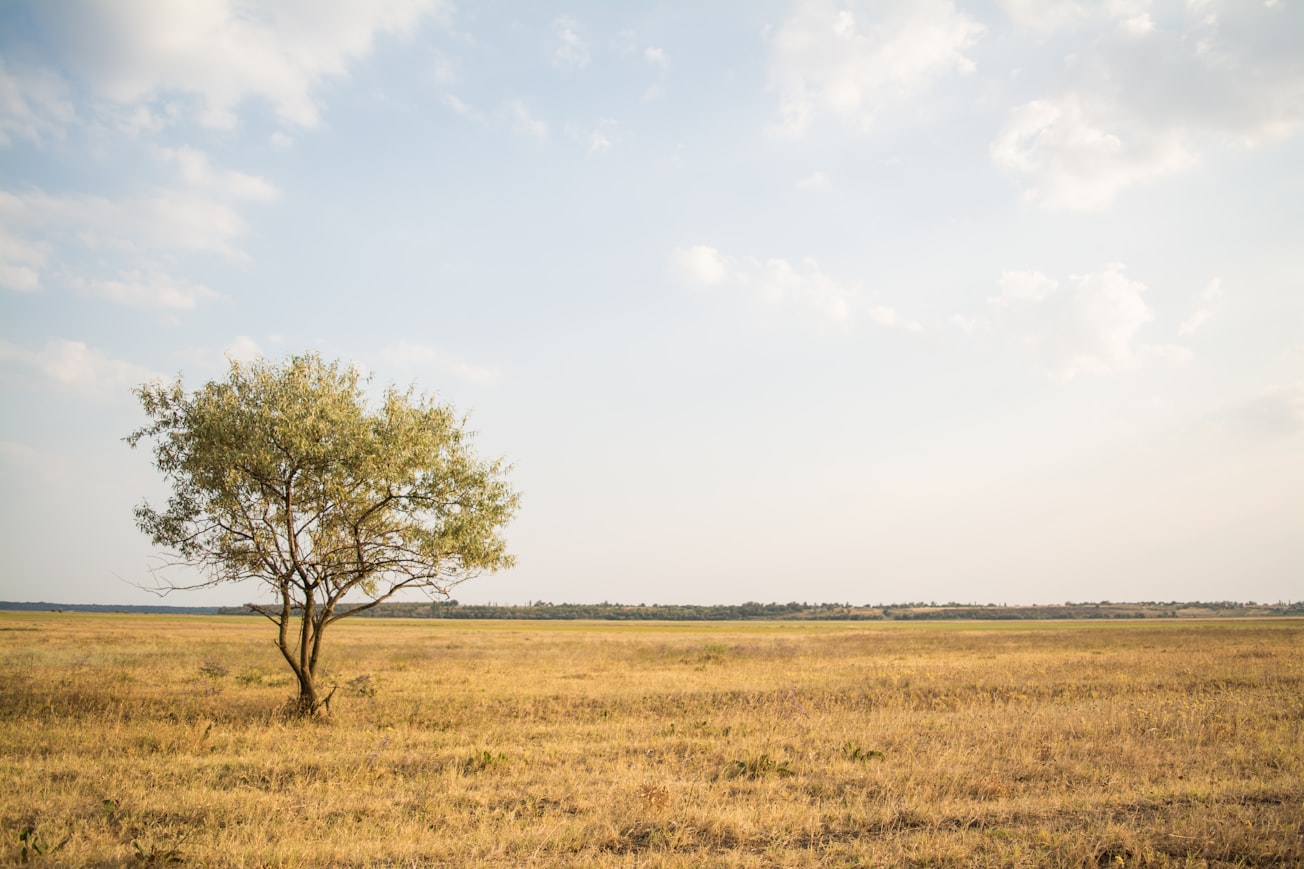What is it about?
Acacia mearnsii (or black wattle) was introduced to South Africa for timber and tannin industry. Since then, it has taken over large areas and it is a high priority on the clearing and management list for Working for Water (WfW) which is a programme under the Department of Environmental Affairs in South Africa. This research looks at the spread of this tree in grasslands in the Eastern Cape Province of South Africa, with the aim of providing feedback to the WfW programme on invasive alien plant expansion. We used historical aerial photographs to show that black wattle has spread more extensively into cultivated areas that are abandoned compared to natural grasslands The spread rate of wattle is relatively high (up to 10%) and South Africa needs to look at several alternative control strategies.
Featured Image

Photo by Rodion Kutsaev on Unsplash
Why is it important?
Invasive alien plants are a threat to ecosystem integrity, which translates into loss of ecosystem services, i.e. loss of benefits that humans gain from healthy ecosystems. Understanding how black wattle (a highly invasive species) is expanding can help come up with priorities and strategies to control its spread.
Perspectives
I enjoyed working on this research with Chris Scorer, an Honours student. The research provides a nice example of the use of imagery to quantify and understand the spread of these invasive plants. The results are important to government agencies who are trying to control their spread.
Dr Sukhmani Kaur Mantel
Rhodes University
Read the Original
This page is a summary of: Do abandoned farmlands promote spread of invasive alien plants? Change detection analysis of black wattle in montane grasslands of the Eastern Cape, South African Geographical Journal, October 2018, Taylor & Francis,
DOI: 10.1080/03736245.2018.1541018.
You can read the full text:
Contributors
The following have contributed to this page










